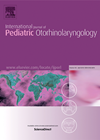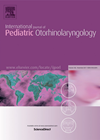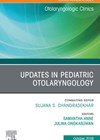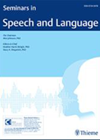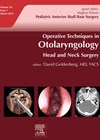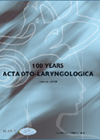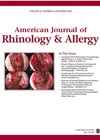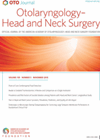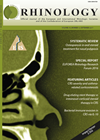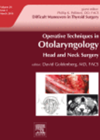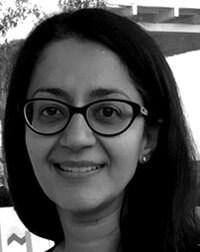
Journal Reviews
A new tool for assessing otoscopy skills
Medical and audiology students need to be proficient in performing otoscopy in order to undertake the routine practice required of them at work upon graduation. One significant challenge in teaching otoscopy is the lack of objective and validated assessment tools...
OSA – do the parents know best?
The difficulty in using the history and examination to determine the severity of sleep disordered breathing in children is well established. The relative prevalence of sleep disordered breathing symptoms in children, and the relative paucity of capacity and restrictive cost...
Cochlear implants in single sided deafness
Whilst the benefit of a second cochlear implant in people with bilateral deafness is well established, the benefits of implantation for single sided deafness with normal contralateral hearing have been much more modest. The reasons for this are varied, in...
The effects of paediatric tracheostomy
Paediatric tracheostomy is usually an essential procedure to preserve life, or to allow a patient to function in the community. However, the effect of tracheostomy on the developing child - care requirements, lack of voice, impaired swallow, constant risk of...
What to do if adenotonsillectomy does not cure sleep apnoea in children?
This article reviews the management of children with persistent obstructive sleep apnoea (OSA) following adenotonsillectomy (AT). Risk factors for patients to have persistent disease include obesity, being Afro-Caribbean and existing co-morbidities such as craniofacial and neuromuscular disorders. Initial assessment of...
People with dementia and their families want to see speech and language therapists!
Language and communication difficulties are common in Alzheimer’s disease and, of course, language-led dementia (primary progressive aphasia). Communication difficulties are highlighted as one of the biggest burdens for family members caring for loved ones with dementia. This is often associated...
Nasal dermoids
This article goes through the fairly specific and unique condition of paediatric midline nasal dermoids. It goes through the epidemiology and then the embryology, reminding the reader that a protrusion of dura extends from the anterior cranial fossa through the...
Should we do septoplasty in young adults/adolescents?
Nasal obstruction is a common complaint in both children and adults in the outpatient department. Causes for obstruction include allergic rhinitis, septal deviation, turbinate hypertrophy and chronic sinusitis with or without nasal polyps. For symptomatic patients with moderate to severe...
An eye-opening resection technique
It is widely accepted that the gold standard treatment of inverted papilloma of the maxillary sinus (IPMS) is endoscopic excision via medical maxillectomy or mega antrostomy, and these approaches can be augmented by a Caldwell-Luc or canine fossa trephination if...
Oral versus oral and intratympanic corticosteroid treatment for sudden sensorineural hearing loss
The 2012 American Academy of Otolaryngology- Head and Neck Surgery Foundation (AAO-HNSF) clinical practice guidelines on sudden sensorineural hearing loss (SNHL) have two statements that address steroid use. Statement eight indicates an option to offer corticosteroid as initial treatment for...
Eustachian tube function before and after FESS
This is a prospective study from the UK looking at Eustachian tube dysfunction (ETD) in patients with chronic rhinosinusitis (CRS) undergoing surgery. Fifty-seven consecutive patients who had failed medical therapy and were scheduled for endoscopic sinus surgery completed SNOT-22 and...
Anatomy revision
This article is well-received as an article that goes into appropriate length and depth regarding the embryology and subsequent growth of the paediatric nose (internal and external), nasopharynx and all of the individual sinuses. It has excellent line diagrams of...


